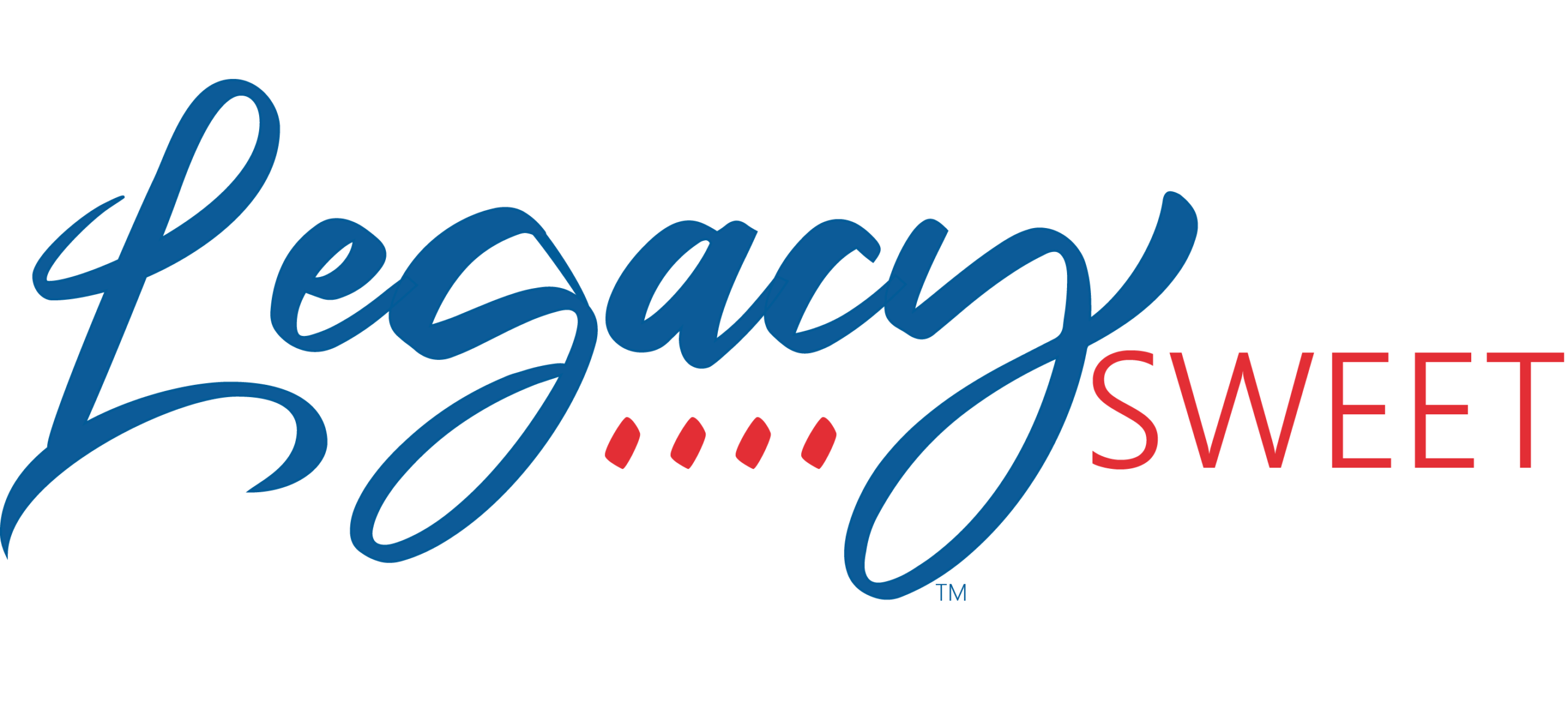When replacing sugar in your product, utilizing high-intensity sweeteners is a must. But, many high-intensity sweeteners such as stevia and monk fruit, are recognized to have an unpleasant linger. So, what is the solution to combatting the aftertaste of high-intensity sweeteners?
What is a modulator and what is the purpose?
Modulators or modulation systems are created using ingredients that have special precursors that resemble or enhance the sweetness in the form of a Natural Flavor. They have to be FDA and FEMA approved. Typically they are heat stable, have a low usage rate, and are very shelf-stable. Sweetness modulators replicate how taste receptors perceive sugar. Sugar is a wonderful masking agent, and when you use less of it, your product is no longer balanced. Taste modulators provide flexibility for re-establishing balance in a food or beverage system. They mainly increase the sense of sweetness and can enhance mouthfeel. They also block lingering notes, astringency, and bitterness caused by high-intensity sweeteners.
How does the modulator function in the sweetener system?
It works as a taste receptor that functions by physically binding to a flavor ingredient and acting as a pathway to flow directly into a taste cell. The goal is to mimic sugar, which is very water-soluble and migrates onto sweetness receptors on the tongue quickly. They are most commonly used with mouthfeel enhancers like starches, gums, and other hydrocolloids because sugar not only provides sweetness but also provides solids to a product. These solids impact texture, density, and viscosity. Sugar can also caramelize during cooking, baking, and melting. So, brown note flavors and colorants might also need to be used in conjunction with sweetness modulators.
When does IFPC use sweet modulators?
Our customers are always asking us to reduce the amount of sugar in their products. We accomplish this either by reducing the sugar content with the help of modulators or by replacing the sugar with a custom Legacy™SWEET blend consisting of high-intensity sweeteners. Sometimes we use sweetness modulators to improve a customer’s current product just to improve the finish of the non-nutritive sweeteners that are present. Modulators can be used with full-sugar products where the nutrition facts need to be matched. For example, a smoothie that does not have any non-nutritive or high-intensity sweeteners, but tastes sweeter than the total carbohydrates/added sugars. Then, sweetness modulators would be added just to get the taste to match up.
What are the differences we notice in the product when we utilize modulators?
The time-intensity curve for sugar is very unique. Certain sweetness modulators bring high-intensity sweeteners closer to sugar’s unique curve width, height, and onset. It will shorten the sharp taste arrival of high-intensity sweeteners, and reduce the lingering aftertaste that they cause. Modulators are good at blocking bitterness. Specifically, stevia and acesulfame potassium are quite bitter when used at levels that can actually be used to reduce or replace sugar, honey, or corn sweeteners. In beverage applications, high-intensity sweeteners impart thin, astringent, and metallic properties. So for drink formulation, using sweetness modulators make the sweeteners taste more like sugar and have a full-bodied feel.
What are the costs associated with using modulators?
Modulators can be costly per pound, but the usage rate is very low. The cost in use ends up not being significant. This additional cost oftentimes is neutralized with less spending on adding sugar. For example, with 25% sugar reduction, I have noticed that using modulators is less expensive than the full-sugar formula. Certain bulking sweeteners like erythritol and allulose are used as non-nutritive sweeteners, not high intensity. Those type of formulas drives up the cost. But, modulators typically do not.



